Faculty & staff
Office
The Department of Anthropology general office is in Cornett Building (COR) B228. We're in the office Monday to Thursday 9 a.m. - 4 p.m. & work remotely on Fridays.
More contact informationFaculty
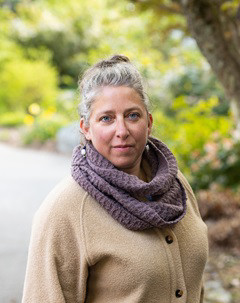
Dr. Alexandrine Boudreault-Fournier
Status: On leave
Professor Anthropology
Accepting graduate students
Office: COR B330 alexbf@uvic.ca 250-721-7052
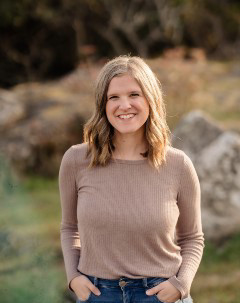
Assistant teaching professor Anthropology & Faculty of Humanities
Office: COR B212 rachelbr@uvic.ca

Status: On leave
Assistant professor Anthropology
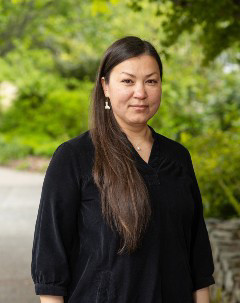
Assistant professor Anthropology
Accepting graduate students
Office: COR B242 tatianadegai@uvic.ca 250-721-6282
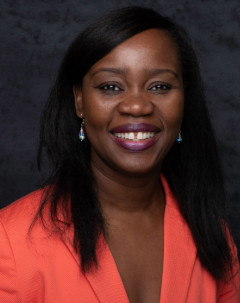
Associate professor Anthropology
Office: COR B208 dzifa@uvic.ca 250-721-6284
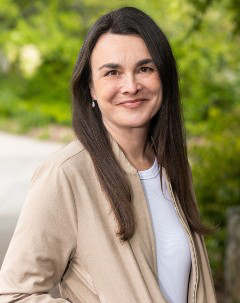
Associate teaching professor, undergraduate and honours advisor Anthropology
Office: COR B240 meligau@uvic.ca 250-721-6254
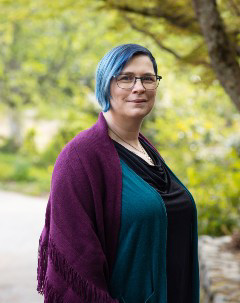
Status: On leave
Teaching professor Anthropology
Office: COR B342 ehalstad@uvic.ca
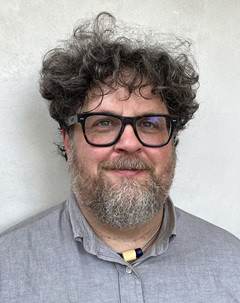
Associate professor Anthropology
Accepting graduate students
Office: FPH 143 rola@uvic.ca 250-472-4231
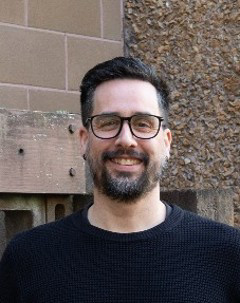
Assistant professor Anthropology
Office: COR B223 tommyh@uvic.ca 250-721-6647
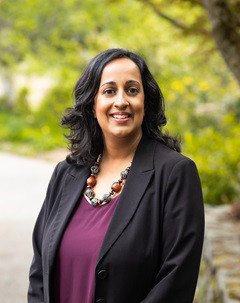
Assistant professor Anthropology
Office: COR B213 akalan@uvic.ca 250-721-7058
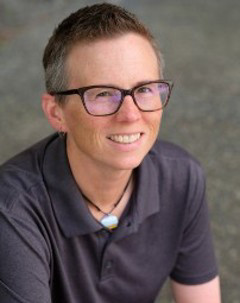
Professor Anthropology
Accepting graduate students
Office: COR B211a hkurki@uvic.ca 250-721-7045
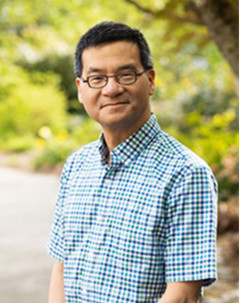
Status: On leave
Associate professor Anthropology
Office: COR B209 ymlam@uvic.ca 250-721-7051
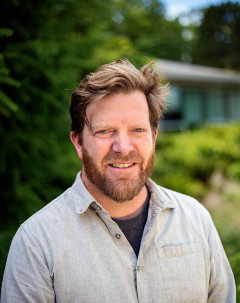
Associate professor Anthropology
Accepting graduate students
Office: Cornett B246a iim@uvic.ca 250-721-7351
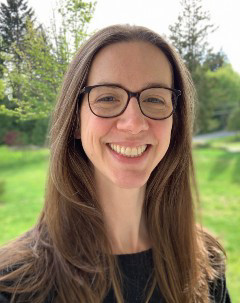
Status: On leave
Associate professor Anthropology
Office: Cornett B211 amacintosh@uvic.ca 250-721-7056

Status: On leave
Professor Anthropology
Office: COR B340 anowell@uvic.ca 250-721-7054
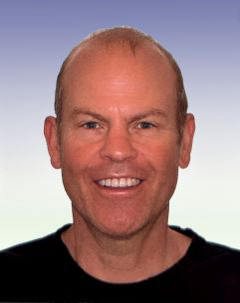
Professor, graduate advisor Anthropology
Accepting graduate students
Office: COR B210 daromir@uvic.ca 250-721-6273
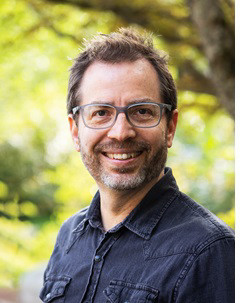
Professor, Chair and Provost’s Engaged Scholar Anthropology
Accepting graduate students
Office: Cornett B246B bthom@uvic.ca
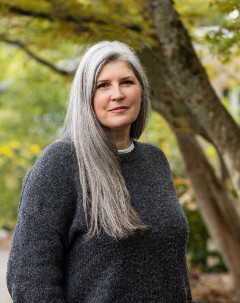
Associate professor, Smyth chair in arts & engagement Anthropology
Office: COR B238 awalsh@uvic.ca 250-721-7050
Staff
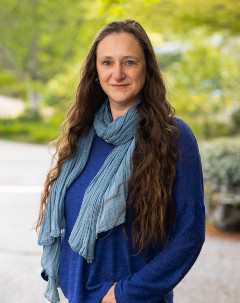
Graduate & undergraduate program assistant Anthropology
Office: COR B228 jindra@uvic.ca 250-721-7047
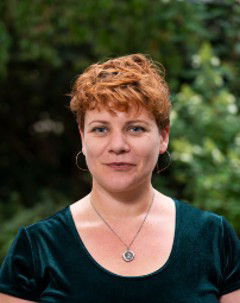
Administrative officer Anthropology
Office: COR B228 kdelsol@uvic.ca 250-721-7046
Senior Lab Instructors

Senior lab instructor, adjunct assistant professor Anthropology
Office: COR B227 scalce@uvic.ca 250-472-4730

Senior lab instructor Anthropology
Office: COR B217 markmcin@uvic.ca
Emeriti
-
Professor Emeritus Anthropology
-
Assistant Teaching Professor Emeritus Anthropology
-
Associate Professor Emeritus Anthropology
-
Professor Emeritus Anthropology
-
Associate Professor Emeritus Anthropology
-
Assistant Professor Emeritus Anthropology
-
Associate Professor Emeritus Anthropology
-
Professor Emeritus Anthropology
-
Professor Emeritus Anthropology
-
Professor Emeritus Anthropology
-
Professor Emeritus Anthropology
-
Associate Professor Emeritus Anthropology
Adjunct professors
Christopher Ames, adjunct assistant professorcjhames@uvic.ca
Prehistoric archaeology, geoarchaeology, human-environment dynamics, geomorphology, sedimentology, palaeoecology, site formation processes, geospatial and computational methods, southwest Asia, South Africa
Michael Asch, adjunct professor
masch@uvic.ca
Socio-cultural anthropology, North America, political and legal anthropology
Judith Berman, adjunct assistant professor
jberman@uvic.ca
Franz Boas scholar, Northwest Coast oral literature and ethnohistory
Stephanie Calce, adjunct assistant professor
scalce@uvic.ca, Cornett B227, 250-721-4730
Biological anthropology, skeletal biology, forensic anthropology
Cassandre Campeau-Bouthillier, adjunct assistant professor
ccampeau@uvic.ca, Cornett B212
Medical anthropology, the ways in which people experience their skeletal lives in the context of yoga and chiropractic care
Sarah-Louise Decrausaz, adjunct assistant professor
decrausa@uvic.ca
Biological anthropology, skeletal biology, life history, puberty, growth and development, medical imaging
ranald_donaldson@shaw.ca
Paul Ewonus, adjunct assistant professor
paul.ewonus@ecoarcheology.com
Landscape archaeology, social zooarchaeology, communities of practice, ancient DNA, Pacific Northwest, Britain, the practice of commercial archaeology
Daryl Fedje, adjunct assistant professor
DarylFedje@gmail.com
Archaeology, quaternary paleoecology, Haida Gwaii
Timothy Knowlton, adjunct professor
tknowlton@uvic.ca
Linguistic & Sociocultural Anthropology, Comparative Religion, Ethnohistory, Indigenous Mesoamerica
qxm@uvic.ca
Archaeology, Haida Gwaii, Salish Sea, stone tools, Northwest Coast
Margo Matwychuk, adjunct assistant professor
mmatwych@uvic.ca
Sociocultural anthropology; political economy; feminism; Latin America (Brazil); poverty; housing and homelessness; politics of food and hunger
Duncan McLaren, adjunct assistant professor
dsmclaren@gmail.com
Archaeology, Northwest coast, environmental archaeology, long-term history
Lisa Mitchell, adjunct professor
lmm@uvic.ca
Cultural anthropology, bodies and embodiment, reproduction, ultrasound imaging, children and youth, visual culture, Philippines, Canada
Jennifer Robinson, adjunct assistant professor, post-doctoral fellow, Canadian Institute for Substance Use Research
jcrobins@uvic.ca
Canadian history, settler colonial studies, arts and social justice, museums and archives, cultural heritage and public institutional policy, community-engaged research and advocacy
Ann Stahl, adjunct professor
stahlann@uvic.ca
Archaeology, comparative colonialism, materiality, digital heritage initiatives, Africa; Ghana
Peter Stahl, adjunct professor
pstahl@uvic.ca
Archaeology, historical ecology, zooarchaeology, vertebrate taphonomy, South America, domestication
Margot Wilson
mwmoore@uvic.ca
Culture change, international development, Bangladesh, women's narratives
Sessional instructors
Chris Ames
COR B221
cjhames@uvic.ca
William C. Campbell
campbecw@uvic.ca
Stephanie Calce
scalce@uvic.ca
Cassandre Campeau-Bouthillier
ccampeau@uvic.ca
Melanie Chang
mlchang@uvic.ca
Helene Demers
hdemers@uvic.ca
Timothy Knowlton
COR B221
tknowlton@uvic.ca
Amy Levine
alevine@uvic.ca
Mark McIntyre
COR B217
markmcin@uvic.ca
Leah Mernaugh
lmernaugh@uvic.ca
Kaela Parker
knparker@uvic.ca
CindyAnn Rose-Redwood
DTB B358
cindyann@uvic.ca
Stella Spak
spaks@uvic.ca
Grad students
Vist our grad student page to learn about our amazing PhD and master's students!